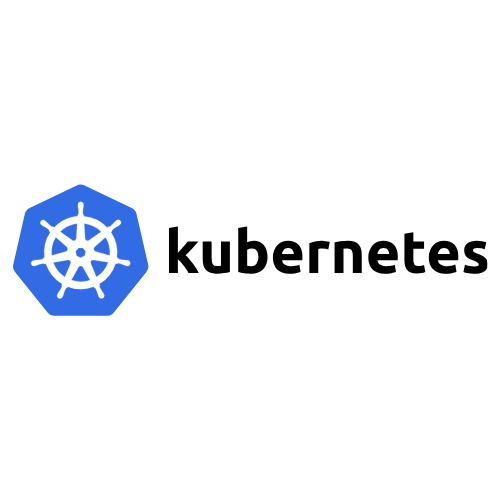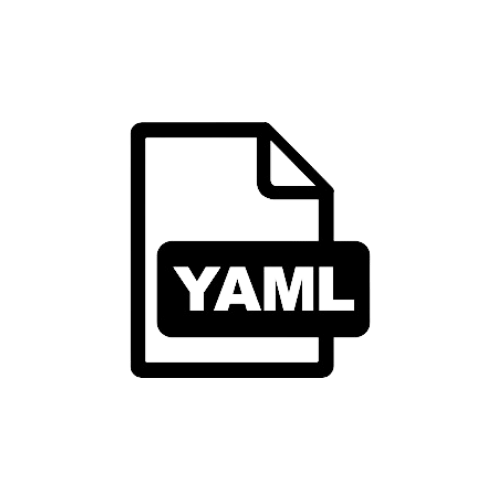
In the fast-paced world of containerized applications, efficient deployment and management are crucial. The Kubernetes DevOps project aims to automate the deployment and maintenance of systems on Kubernetes, leveraging native tools and best practices. This case study delves into the implementation of the project, highlighting the challenges faced, the tools utilized, and the transformative impact on system management.
The Challenges
Throughout the implementation of the Kubernetes DevOps project, several challenges were anticipated and addressed:
- Compatibility with different Kubernetes clusters: Ensuring compatibility with various Kubernetes clusters demanded careful consideration of cluster configurations, resource availability, and version compatibility. Adapting the scripts to handle diverse cluster environments presented a challenge that required flexibility and thorough testing.
- Complex deployment configurations: Handling complex deployment configurations, including multi-tier applications, ingress controllers, and persistent storage, added complexity to the project. Implementing robust scripts to manage these configurations required meticulous planning and testing.
- Application updates and rollbacks: Enabling seamless application updates and rollbacks while maintaining system stability was a critical challenge. Ensuring that new versions were rolled out without disruption and providing the ability to revert to previous versions if issues arose demanded a well-designed and tested process.
Technology Stacks
To address the challenges and successfully implement the Kubernetes DevOps project, we utilized a range of tools and technologies:
- Kubernetes: As a container orchestration platform, Kubernetes served as the foundation for managing containerized applications. Leveraging Kubernetes’s features and capabilities, we could automate deployment, scaling, and management tasks efficiently.
- Helm: We employed Helm, a package manager for Kubernetes, to simplify application deployment and management. Helm allowed us to package applications as reusable charts, making it easier to deploy, update, and roll back applications in a consistent and controlled manner.
- YAML: Using YAML, a configuration language, we defined Kubernetes resource specifications, including deployments, services, and ingress configurations. YAML provided a clear and concise way to express the desired state of the system.
- Bash scripting: Automation scripts written in Bash facilitated the deployment, scaling, and maintenance tasks in the Kubernetes environment. These scripts streamlined the process and reduced manual intervention, ensuring consistency and efficiency.
- Prometheus and Grafana: To monitor system health and performance, we utilized Prometheus, a monitoring and alerting toolkit, and Grafana, a data visualization and monitoring dashboard. These tools allowed us to gather metrics, set up alerts, and visualize system performance, ensuring proactive management and efficient troubleshooting.






The Result
The implementation of the Kubernetes DevOps project resulted in efficient and automated deployment and maintenance processes, revolutionizing our development operations. By leveraging the power of Kubernetes, we achieved a new level of scalability and flexibility in managing our applications.
With the integration of scripts and cutting-edge tools, we experienced a significant reduction in manual tasks, allowing our development and IT teams to focus on more strategic initiatives. This streamlined application management on Kubernetes enabled us to deliver updates faster than ever before, reducing time-to-market and staying ahead of our competitors.
Not only did the automated processes enhance our deployment speed, but they also played a crucial role in ensuring system stability and reliability. The seamless scaling capabilities allowed us to handle varying traffic loads effortlessly, providing a smooth and responsive user experience during peak periods.
Moreover, the automated rollbacks were a game-changer when it came to mitigating any unforeseen issues that could arise during updates. With just a few clicks, we could revert to the previous stable version, minimizing downtime and keeping our systems running seamlessly.

Conclusion
The Kubernetes DevOps project showcased the power of automation and best practices in streamlining system management on Kubernetes. By leveraging the tools and technologies available, we achieved efficient deployment, scaling, and maintenance processes. The project’s key learnings emphasized the importance of understanding Kubernetes resource configurations, automating repetitive tasks, and implementing robust monitoring and observability practices. Through this case study, we demonstrate the transformative impact of Kubernetes DevOps in achieving streamlined and reliable system management in a containerized environment.
